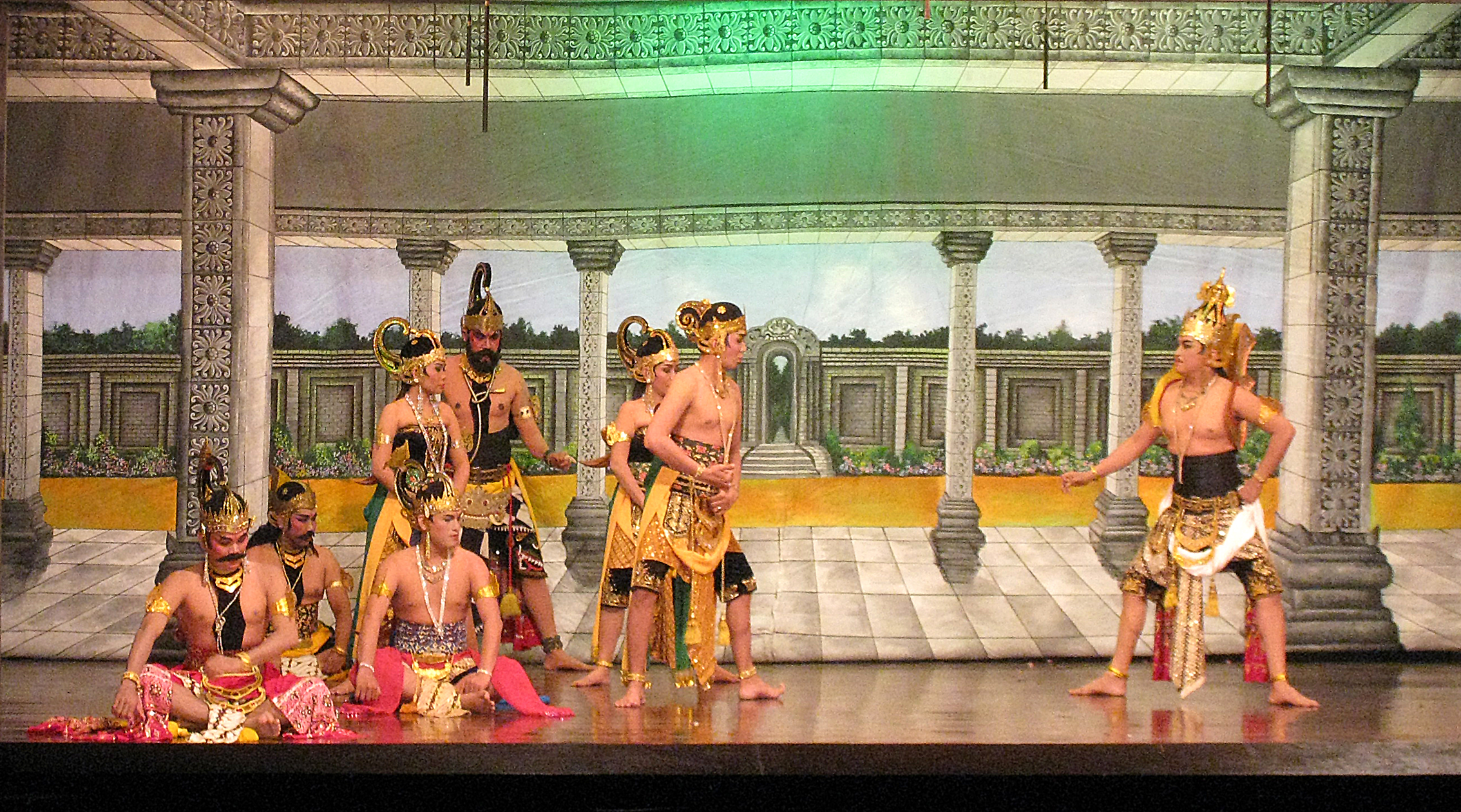 |
| semar |
| wayang Java |
Semar as born as a god in the paradise of Sang Hyang Ismana, but he became ugly after stealing the wealth in the heaven. His father sent him to the earth to be a servant.
Semar has a very unique physical form, as if he is a symbol of the universe. Its round body is a symbol of the earth, the place where humans and other creatures live. Semar always smiled, but puffy eyes. This depiction is a symbol of joy and sorrow. His face was old but his haircut was piggy-like as a child, as a symbol of old and young. He is male, but has a breast like a woman, as a symbol of men and women. He incarnated a god but lived as a commoner, as a symbol of superiors and subordinates.
Copyright Image Flickr
Meg Williams2009
Location
Ubud Bali,Indonesia
thank you so much for mother
Meg Williams2009
hopefully healthy always and increase his fortune




.jpg)




























